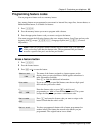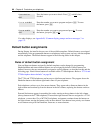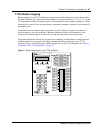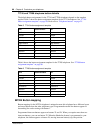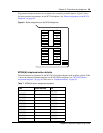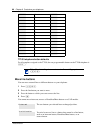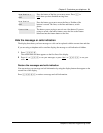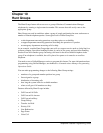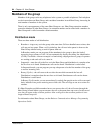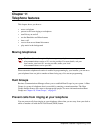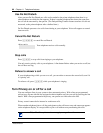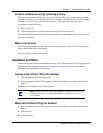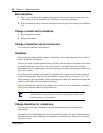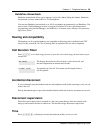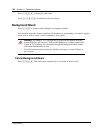
93
Telephone Features Programming Guide
Chapter 10
Hunt Groups
The Hunt Groups feature allows access to a group of Business Communications Manager
telephones by entering a single extension number. This ensures that calls easily route to the
appropriate group.
Hunt Groups are used in conditions where a group of people performing the same task answer a
number of related telephone queries. Some typical uses of Hunt Groups are:
• a sales department answering questions on product prices or availability
• a support department answering questions describing the operation of a product
• an emergency department answering calls for help
As an example, consider Hunt Groups that route calls to a support service such as a help line for a
software company. Specialists handling Product A can be in one group, and specialists handling
Product B can be in another group. Incoming calls hunt for the next available telephone in the
group. If no telephone is available, the call is placed in a queue or is routed to an overflow
telephone.
You need to start a Unified Manager session to program this feature. For more information about
programming using Unified Manager, see the Business Communications Manager Programming
Operations Guide.
You can make programming changes to the following Hunt Group settings:
• members of a group and member position in a group
• line assigned to a group
• distribution of incoming calls
• how long the system looks for available members
• where a call goes if all members are busy
Features affected by Hunt Groups include:
• Call Forward All Calls
• Call Forward No Answer
• Call Forward on Busy
• Group Pickup
• Transfer via Hold
• Priority Call
• Line Redirection
• Page Zones
• Voice C all



